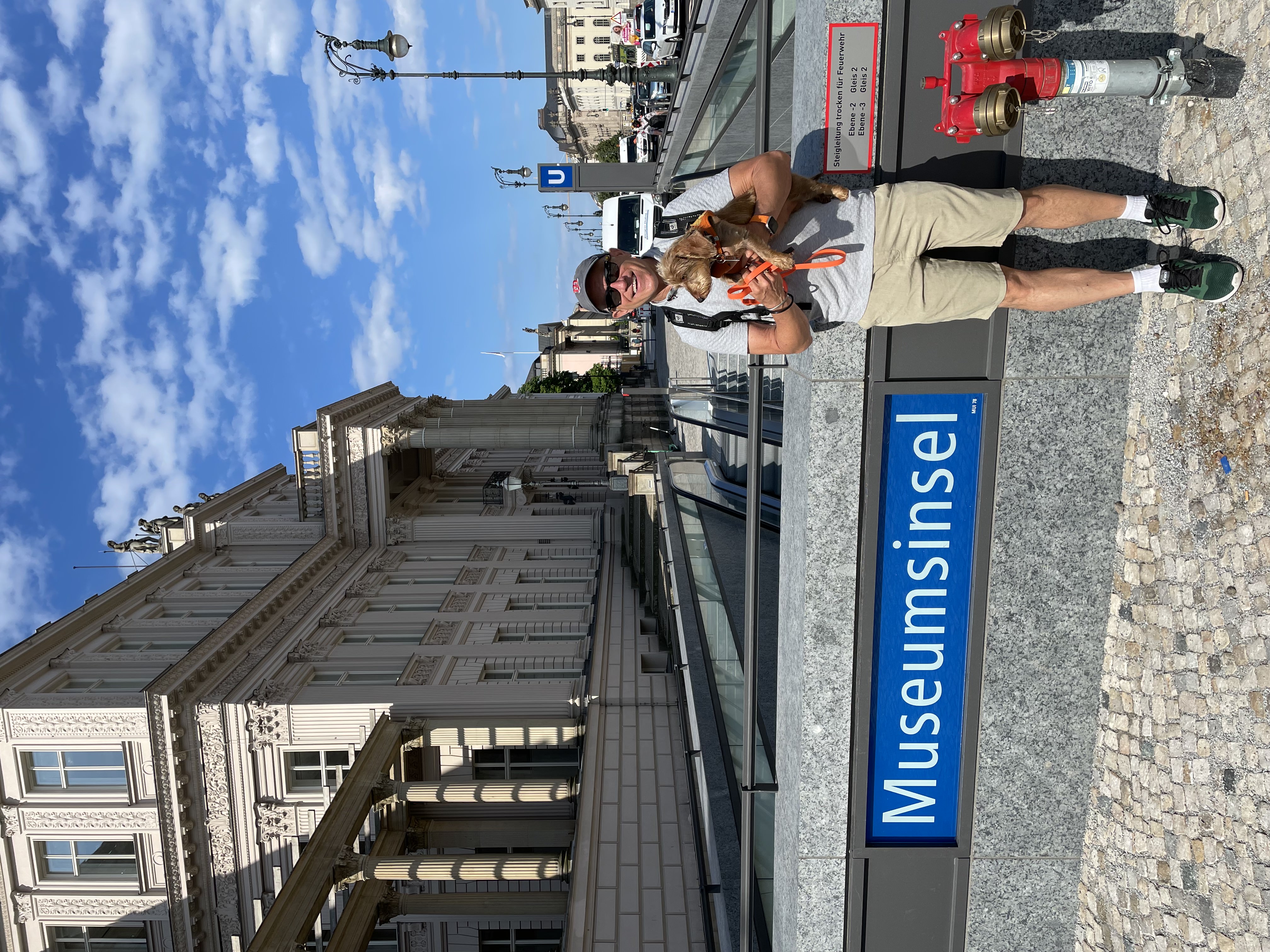Exploring Berlin by U-Bahn: The New U5 Line and What to See Along the Way
Introduction: Public Transportation as Part of the Berlin Travel Experience
Public transport in Berlin isn’t just about getting from A to B — it’s a window into the city’s neighborhoods, culture, and history. With ten U-Bahn lines, the network is both safe and efficient. Now, the newly extended U5 underground line offers even better access to top attractions and hidden gems.
The New U5 Line: A Historic Route with a Modern Extension
From 1930 to Today
Originally opened in 1930, the U5 began at Alexanderplatz and has been extended multiple times eastward. The latest extension connects some of Berlin’s most important tourist hotspots.
Key Central Attractions Now Connected by U5
- Alexanderplatz – Historic square and transport hub
- Museum Island – UNESCO World Heritage site
- Berlin Palace (Humboldt Forum) – Reconstructed baroque landmark
- Unter den Linden – Berlin’s historic boulevard
- Brandenburg Gate – Icon of German unity
- Reichstag – Home of the German Parliament
- Berlin Central Station – Gateway to the city

Beyond the City Center: What to See Along U5
Karl-Marx-Allee: Stalinist Architecture at Its Grandest
Formerly Stalinallee, this monumental boulevard is a rare intact example of socialist city planning after World War II. If you can’t make it to Moscow, this is a striking alternative.
Friedrichshain: Trendy Streets and Local Life
Samariterstraße station drops you into one of Berlin’s most vibrant neighborhoods, packed with:
- Bars and cafés
- Independent boutiques
- A lively Sunday flea market
Stasi Museum: East Germany’s Secret Police History
From Magdalenenstraße, visit the Stasi Museum and its outdoor exhibit on the 1989 peaceful revolution that brought down the GDR regime.
Tierpark Berlin: The Zoo of the East
At Tierpark station, explore Berlin’s second zoo, known for its expansive park setting and variety of species.
Off the Beaten Path: Communist-Era Housing Blocks
Travel further east on the U5 to see typical GDR-era residential districts — long rows of prefab concrete blocks. While not the prettiest architecture, they offer a fascinating look at Berlin’s divided past.
Why the New U5 Matters for Your Private Berlin Tour
The U5 isn’t just a transport upgrade — it’s a historic and cultural corridor. Whether you’re visiting iconic landmarks or exploring lesser-known neighborhoods, the line connects Berlin’s history from the Kaiser era to Cold War communism and today’s vibrant urban life.
